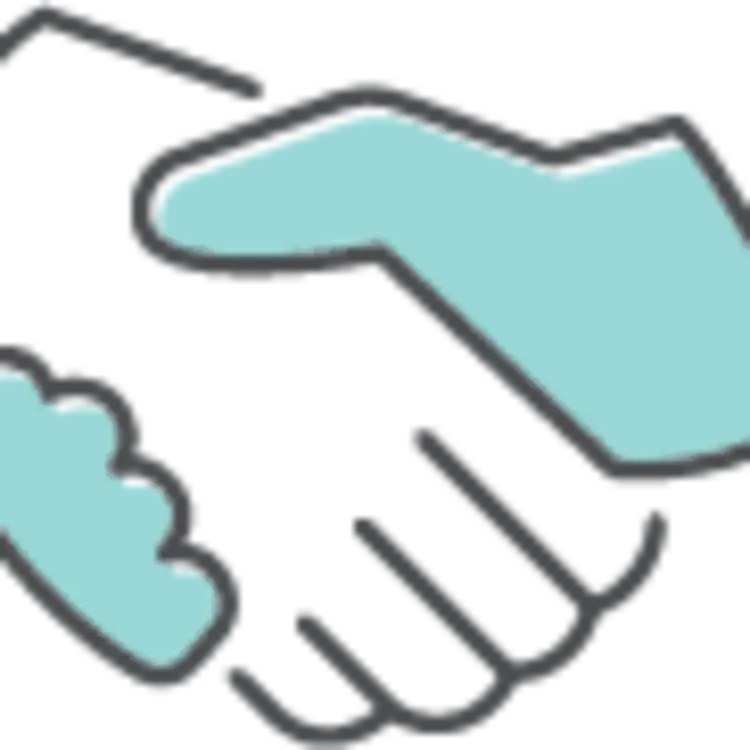Reducing ER Overcrowding Without Adding Beds
Case Study
The Challenge
Problem: your emergency room is overcrowded. As a large trauma center, your ER treats over 75,000 patients a year in a department designed for a volume of less than 50,000. And expanding the space is not an option; capital funds are going entirely toward the construction of a brand new hospital. What do you do?
This was the situation faced by one of USACS’ new Maryland hospital partners. USACS had already taken several steps to improve efficiency in the department, including optimized Physician and nursing coverage. But the limiting factor in improving in throughput is and was bed space. While the hospital leadership had explored various options to increase space in the ED, the lack of capital funds left them with few practical solutions.
The Solution
FIRST TRACK
Unable to add physical beds, USACS developed a rapid medical evaluation model - which made more efficient use of the beds they had available. The new program, which was dubbed “First Track,” incorporated a small unit into ED operations, specifically designed to select out sub-acute patients in order to move the entire population more quickly and efficiently. These Level 3 patients tended to have the longest wait times, as opposed to the high acuity patients who get seen quickly and the low acuity patients who progress rapidly through minor care. The First Track program freed up many of the beds that had formerly been occupied by these patients - often for several hours.
During the process, patients are seen and treatment begins, but they are then transferred to a waiting area to await results, while their bed can then be used for the next patient. The First Track unit offers Physician evaluation, administers and orders tests and x-rays and provides a small waiting area. Restaurant-style pagers were even employed to offer patients room to move beyond the ER.
THE IMPLEMENTATION PROCESS
The process to implement the First Track unit involved nine steps:
ONE | Engage Hospital Leadership
Implementation of a First Track unit changed work behaviors and challenged habits. Therefore, it was essential that everyone involved be committed and believe in the unit’s value. USACS engaged with hospital leadership, nursing leadership, and the Physicians to ensure buy-in.
TWO | Identify Space
USACS identified a designated space within the ER. Ideally the designated space would have 4-8 beds and close access to a private wait area with 4-6 chairs. The workspace for nursing and Physician providers would be fully independent with designated computer/hardware equipment to avoid the need to move far for printouts.
THREE | Obtain Equipment
In order to optimize throughput the First Track would be designed and equipped to operate independently from the main part of the department. For example, the First Track would have:
- Pyxis for commonly used medications
- Suture cart
- Gynecology supplies
- Computers & printers for instructions, prescriptions, order entry and label printing
FOUR | Establish Triage Process
USACS determined that patients routed through the First Track would be category 3. This means no patients in need of monitoring, just medications and observation from a chair while in the department. Category 1 and 2 patients would continue to be cared for in the main department, while level 4 and 5 patients would be treated in the minor care area.
FIVE | Manage Patient Expectations
Due to the various treatment areas, USACS anticipated that patients might feel overlooked, as later arrivals may be served ahead of them as a result of their acuity level. Managing their expectations from the moment of their arrival and triage would be pivotal.
SIX | Staff Education
The First Track process added complexity to the patient flow, requiring education so that the ED staff had the tools to manage patients effectively. Sub-acute patients would need to be handled separately from the rest of the population, from evaluation to receiving test results to processing out of the ED.
SEVEN | Identify Operation Hours
The ideal hours for the unit to function were determined based on several factors:
- Volume
- Acuity
- Staffing
- Other factors affecting ED throughput (i.e. hours of operation of an admission unit.)
EIGHT | Appropriate Staffing
In order to work efficiently, USACS assigned a dedicated Physician, 2 nurses and a tech to the First Track unit. As necessary, these staff members were trained on entering orders and managing outside calls.
NINE | Ramp Up Period
As with any new initiative, USACS anticipated that the first 30 days would be a challenge. In order to maximize success, during the first several weeks the unit was staffed by the most efficient, engaged and productive nurses, techs and Physicians.
The Results
1.5 % LWBS RATES, DOWN FROM 5%
USACS’ First Track unit was opened at a time when the hospital partner was experiencing excessive left-without-being-seen (LWBS) rates and prolonged throughput times. The hospital committed the finances to properly equip the unit and nursing leadership modified nursing schedules to fit the ideal hours of operation.
The reduction in LWBS and improvement in throughput was immediate. Before the First Track unit, LWBS averaged approximately 5%. In the months immediately after its opening, LWBS has averaged close to 3%, and eventually dropped to 1.5% with further reductions forecast as other throughput and efficiency measures take effect.
At another USACS hospital, implementation of First Track contributed to lowering the LWBS from 6% down to less than 1%.
In a 75,000 visit ED, a just a 2% reduction translates to 1,400 patients a year. If the average facility collection on an ED visit is $600, this translates to over $500,000 of captured revenue every year. In addition to improving revenue, the decreased LWBS resulting from “First Track” is likely to improve patient satisfaction scores, an increasingly vital component to any hospital’s performance metrics.
NEW PARTNERSHIPS
NEW OPPORTUNITIES
If you’d like to explore all USACS can offer your facility and join our nationwide network of partners, contact us today.
